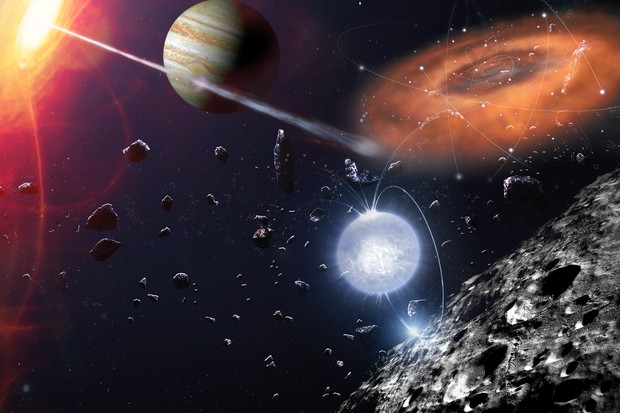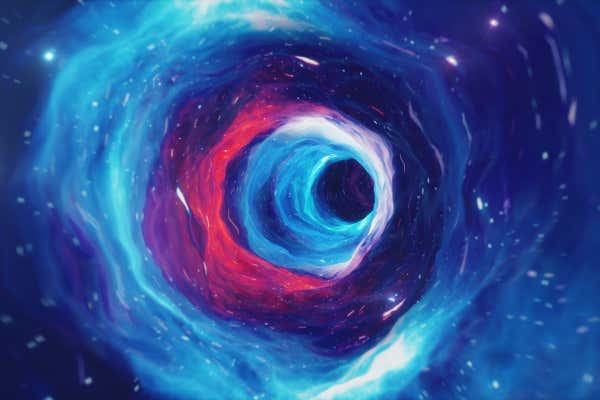Syllabus

ASTRONOMY
Astronomy is the scientific study of celestial objects (such as stars, planets, comets, and galaxies) and phenomena that originate outside the earth’s atmosphere (such as the cosmic background radiation). It is concerned with the evolution, physics, chemistry, meteorology, and motion of celestial objects, as well as the formation and development of the universe.

ASTROPHYSICS
Astrophysics is a branch of space science that applies the laws of physics and chemistry to explain the birth, life and death of stars, planets, galaxies, nebulae and other objects in the universe. It has two sibling sciences, astronomy and cosmology, and the lines between them blur. As well as the formation and development of the universe.
MAIN TOPICS
- Problems consists of mathematical and physics concept that will test students thinking ability to the limits. Minor part of the problems will test on the general knowledge in astronomy
- Physics involved that may be asked are gravitation and motions, optics and wave.
- Mathematical concepts that are useful in physics, such as statistics, algebra, logarithms, and basic differentiation and integration.
- General knowledge of astronomy like solar system and its structure, types of objects in the universe, stars and constellation, and solar physics.
- Some of the higher-level astrophysics problems will test the participants how to apply their understanding of mathematics and physics to the astronomical phenomena.
- Physics problems with an astronomy theme (no prior astronomy knowledge required)
- Celestial Sphere
-
- Different celestial coordinate systems: Horizontal (altitude & azimuth), equatorial (declination & right ascension), ecliptic
- Circumpolar stars
- Time: Solar (mean vs apparent), Sidereal
- Celestial mechanics
-
- Newton’s Law of Universal Gravitation
- Kepler’s Laws of Planetary Motion: Eccentricity of orbits
- Binary star systems (Two-body problem)
- Escape velocity
- Virial theorem
- Kinematics/Dynamics
-
- Newton’s Laws of Motion
- Night sky observations
-
- Use of star charts (celestial positioning, astrometry)
- Stars and constellations
- Deep Sky objects (for example, Messier Objects)
- Solar System Objects
-
- The Sun, Earth and Moon, Planets and their Moons, Comets, Asteroids, Kuiper Belt Objects and Oort Cloud Objects
- Geocentric phenomena
-
- Terminology: Elongation, Conjunction, Opposition, Inferior vs superior planets
- Synodic period calculations
- Eclipses (lunar, solar)
- Occultation and transits
- Radiation mechanisms
-
- Concept of blackbody radiation and temperature dependence
- Stefan-Boltzmann Law
- Wien’s Displacement Law
- Relation between luminosity and flux density
- Electromagnetic spectra (continuous spectrum, emission line spectrum and absorption line spectrum)
- Photometric concepts and magnitudes
-
- Absolute vs apparent magnitudes
- Bolometric vs visual magnitudes
- Optics
-
- Telescopes
- Reflecting telescopes & refracting telescopes
- Telescope mounts (equatorial, alta-azimuth)
- Telescopes characteristics and their calculations
- Magnification: Dependence on eyepiece
- Focal length
- Aperture
- FOV (field of view)
- Resolution of the telescope: Rayleigh’s criterion for circular aperture
- Multi-messenger astronomy (the Universe at different electromagnetic wavelengths)
- Telescopes
- Stellar Physics
-
- Hertzsprung-Russell (HR) diagram
- Stellar evolution (birth & death of stars)
- White dwarfs
- Neutron stars
- Black holes: Schwarzschild radius
- Galaxy classifications
-
- Spiral, barred spiral, elliptical, irregular
- Cosmology
-
- Big Bang & the Cosmic Timeline
- Hubble’s Law and expanding universe
- Redshift (non-relativistic, cosmological)
- Dark matter (galactic rotation) & dark energy (accelerating expansion of the universe)
- Mathematics
-
- Trigonometry (basic, planar)
- Algebra (basic)
- Vector analysis
- Calculus is NOT required
- Miscellaneous
-
- Distance ladder for measuring the size of universe: Radar, stellar parallax, standard candles (for example, Cepheids variables), Hubble’s Law & galactic redshift
- Exoplanets, astrobiology, intelligent life in the Universe
